As an environmentally friendly and efficient loading and unloading tool, electric forklifts are widely used in warehousing, logistics and other industries. The power source of electric forklifts mainly relies on batteries. So, what type of battery does an electric forklift use? This article will explain this.
Currently, the main battery types used in electric forklifts are lead-acid batteries, lithium batteries and fuel cells. Each of these batteries has its own characteristics and is suitable for different working environments and needs.
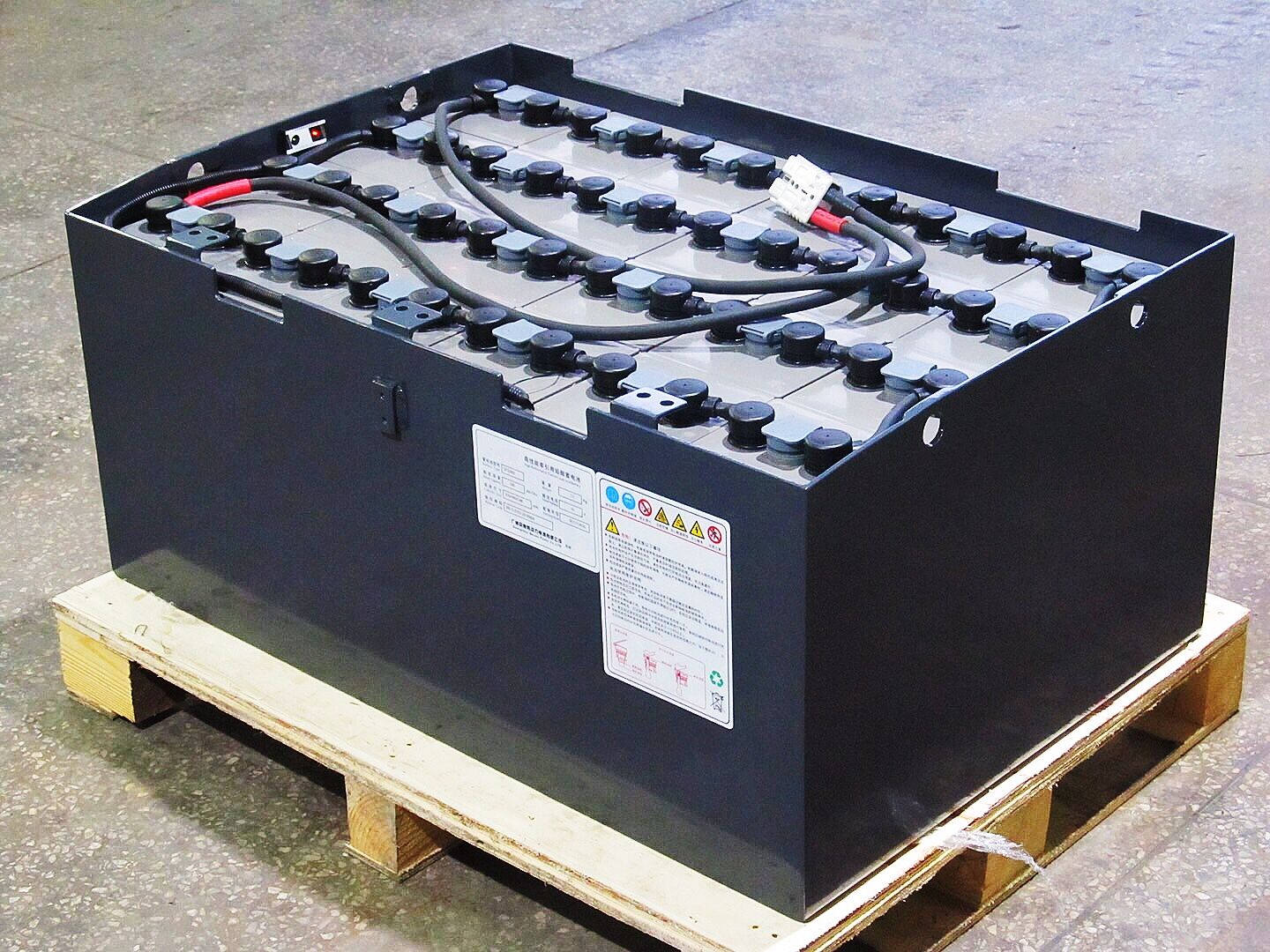
First of all, lead-acid batteries are one of the most traditional and commonly used battery types for electric forklifts. It uses lead plates and sulfuric acid electrolyte, which has low energy density and specific energy, but relatively low cost. The advantages of lead-acid batteries are that they are mature, stable, have a long service life, and can be charged and discharged many times. However, lead-acid batteries have shortcomings such as heavy weight, long charging time, and fast self-discharge, which affect the efficiency and endurance of electric forklifts.
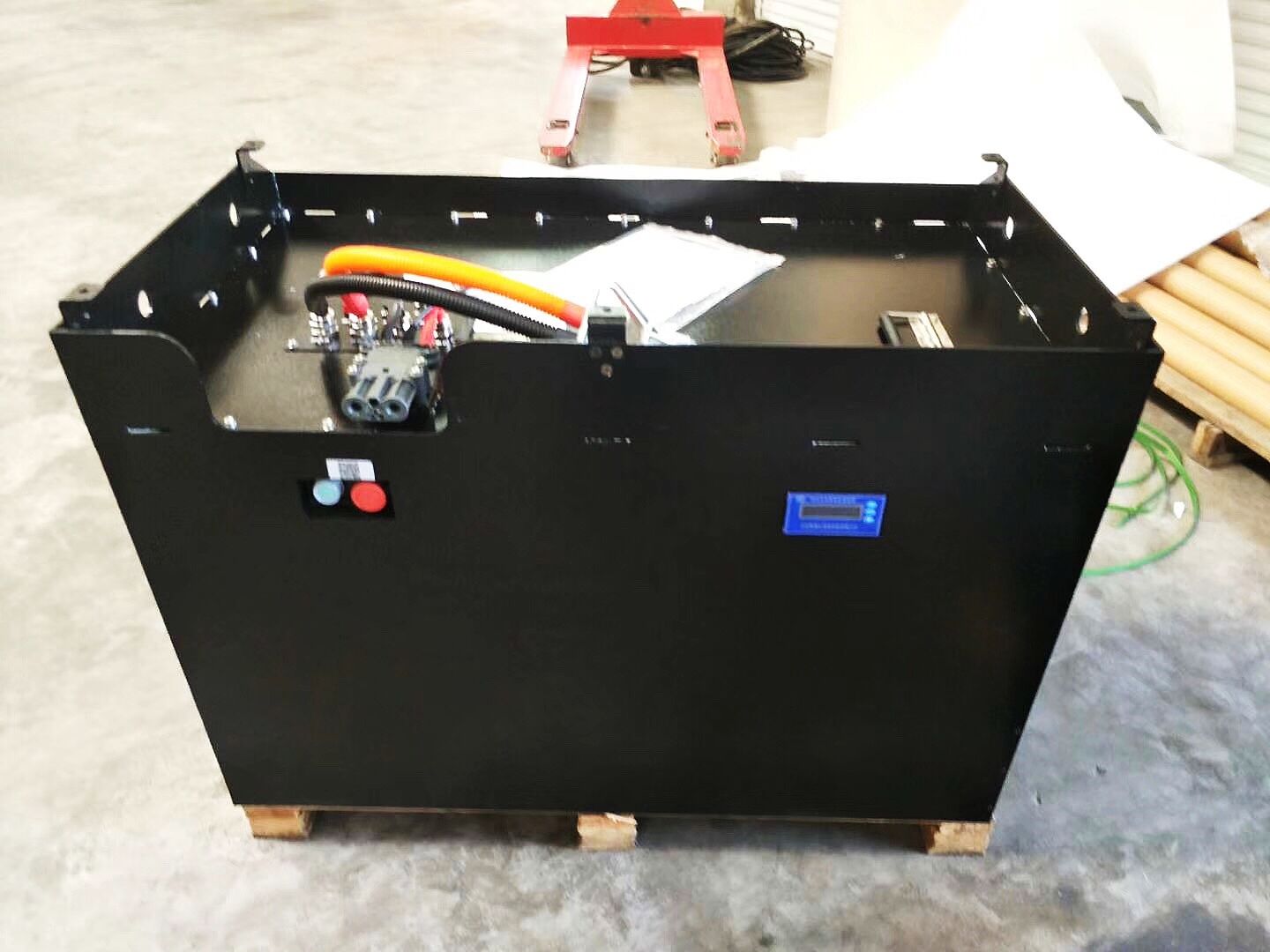
Secondly, lithium batteries, as an emerging battery technology, are gradually emerging in the field of electric forklifts. Lithium batteries have higher energy density and specific energy, are lighter in weight and last longer than lead-acid batteries. At the same time, lithium batteries also have the advantages of no memory effect and fast charging, which can effectively improve the working efficiency of electric forklifts. However, the price of lithium batteries is relatively high, and care must be taken to prevent over-discharge and over-charging during use to avoid safety accidents.
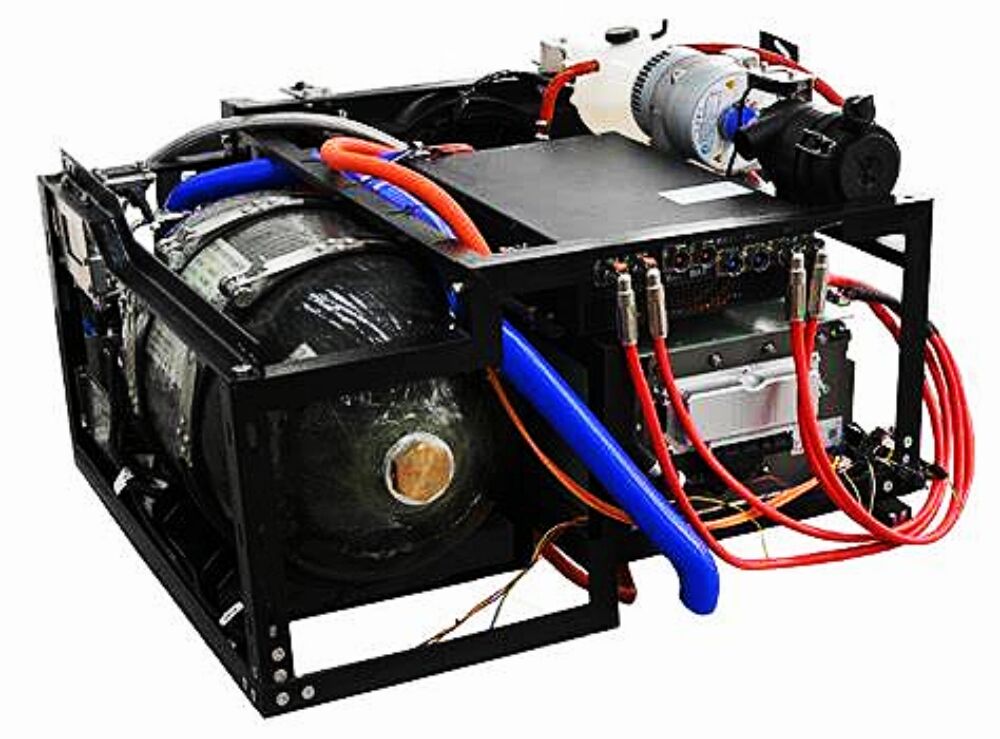
Finally, fuel cells are also an emerging power source in electric forklifts. Fuel cells use the reaction of hydrogen and oxygen to generate electricity without the need for charging, just adding fuel. Fuel cells have the advantages of fast charging and zero emissions, and can meet the needs of electric forklifts for long-term and high-intensity work. However, fuel cell technology is not yet mature enough, and the construction of related equipment and fuel supply chains is also difficult and costly.Routine battery maintenance and care:
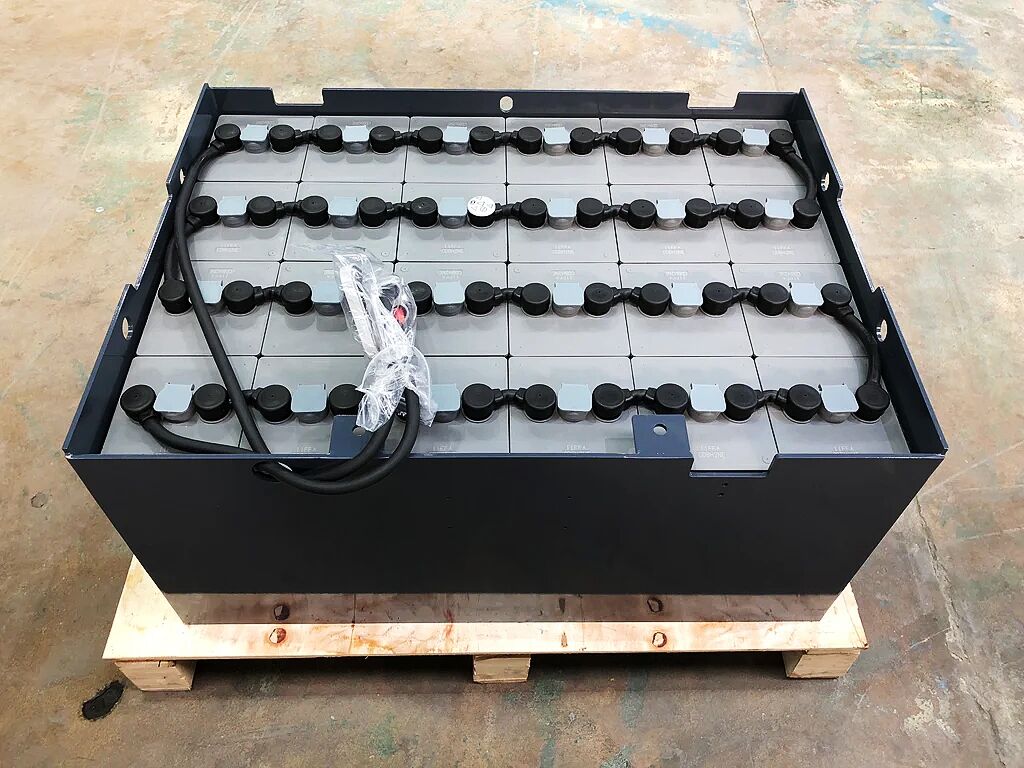
1. Lead-acid battery inspection and maintenance:
(1) Avoid long-term power loss:
Lead-acid batteries do not have secondary memory, which results in loss of power being the main culprit of capacity decline. The so-called power loss means that the battery voltage is insufficient.
Maintaining a long-term power loss state will easily damage the electrode plates. Therefore, we must ensure that the battery is used regularly and charged and discharged to ensure that the battery voltage is sufficient.
(2) Add moisture:
Heat will evaporate water, and during charging and use, the water in the battery will be consumed faster. Therefore, it is necessary to check whether the battery's water storage capacity is seriously reduced every once in a while. If it is too little, it needs to be replenished. We can add distilled water or battery replenishing fluid.
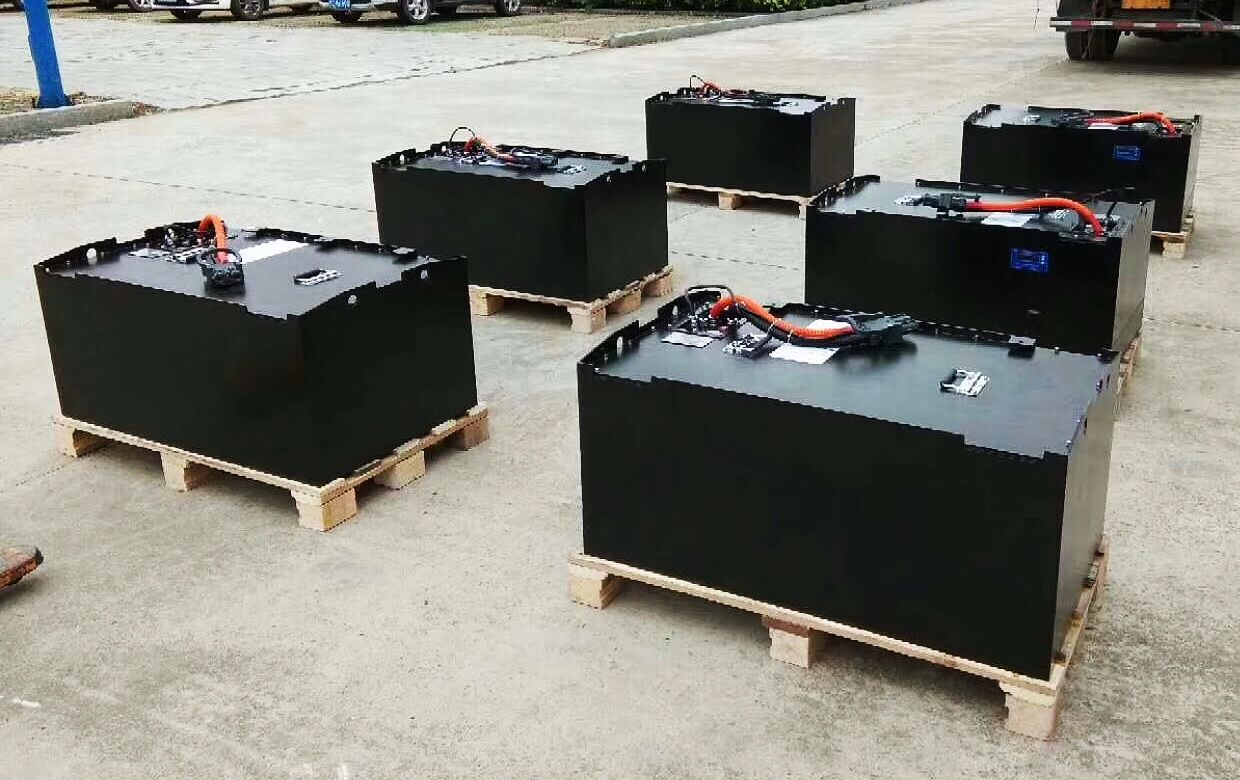
2. Care and maintenance of lithium batteries:
(1).Charging
a. The new lithium battery you just bought must first use up the remaining power and then charge it. Then, the battery performance can be optimized after several full charges.
b. Use a dedicated lithium battery charger that matches the lithium battery for charging.
c. It can be unplugged when it is fully charged, unlike lead-acid batteries that require trickle charging.
d. Do not charge at high or low temperatures.
(2).Discharge
a. Don’t overdischarge frequently.
b. Charge in time, do not wait until the battery is almost empty before charging the battery.
c. Do not use electric vehicles in high or low temperature environments.
(3).Storage and use
a. When the lithium battery is not in use, do not place it in high temperature or severe cold. It is best to take out the battery and store it in a dry and cool place with a suitable temperature.
b. Do not use the newly charged lithium battery immediately. It is best to wait for about half an hour.
c. Do not hit the lithium battery.
d. If it is not used for a long time, it should be activated, charged and discharged once a month.
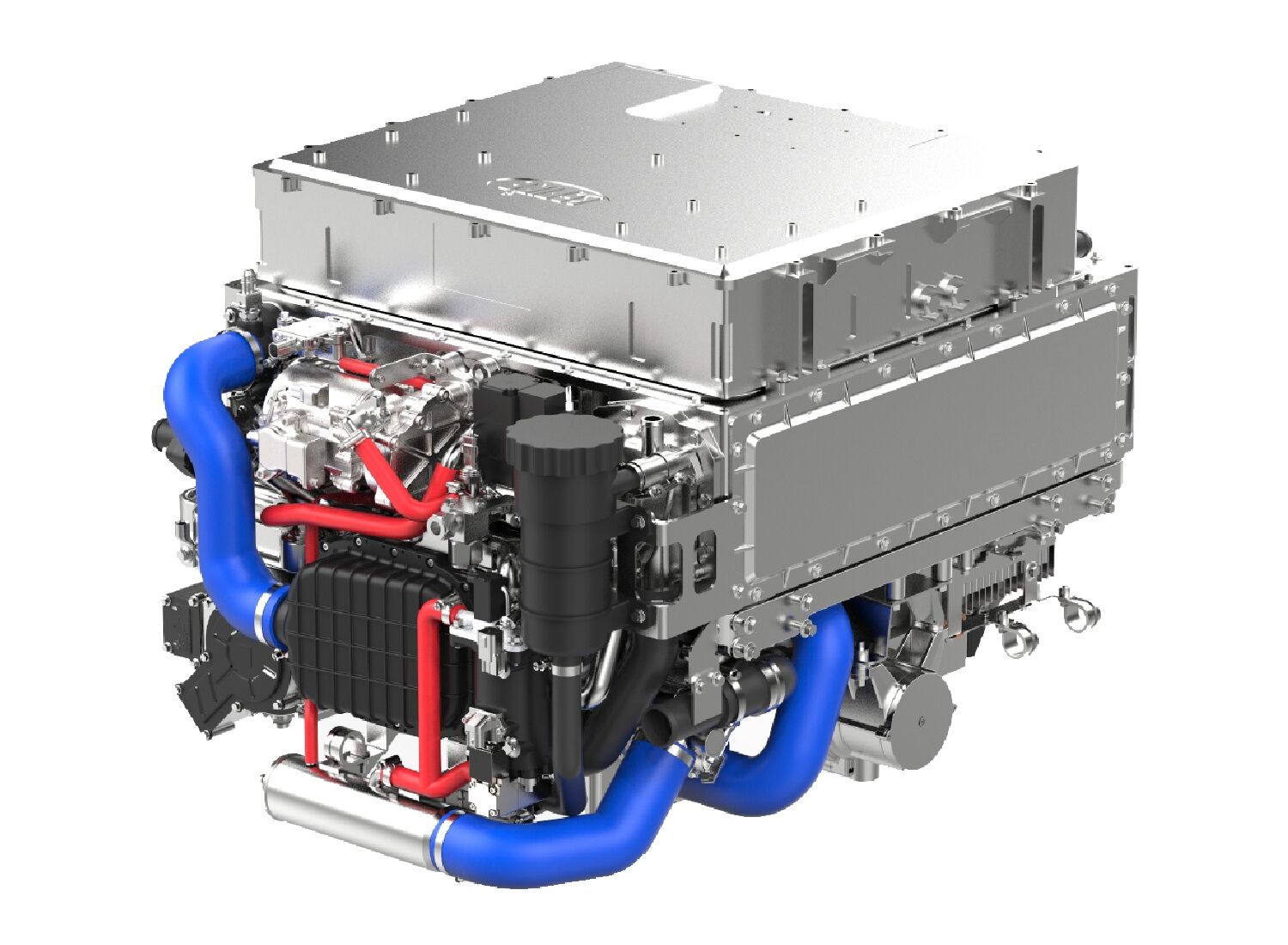
3. Maintenance and maintenance of fuel cells
(1).Daily inspection
a. Observe whether the color of the electrode changes, such as blackening, brittleness, etc. If there is any abnormality, replace the electrode in time.
b. Check whether the electrode direction is correct. If there is any error, adjust it.
c. Check whether the ratio of fuel and oxidizer is appropriate.
(2).Maintenance
a. Cleaning of electrodes: You can use cleaning fluid and a soft brush for cleaning. After cleaning, the electrodes should be placed in a ventilated and dry place to dry, and should not be exposed to sunlight.
b. Electrode protection: Insulating paint can be used to keep the electrode surface dry and corrosion-free.
(3).Maintenance
a. Replace the aging battery: When the battery ages and the voltage drops, it should be replaced in time.
b. Repair the oxygen pump: If the oxygen pump does not work or makes too much noise, it should be repaired in time.
c. Replace aging accessories: When accessories age, they should be replaced in time.

 EN
EN
 AR
AR
 BG
BG
 CS
CS
 DA
DA
 NL
NL
 FI
FI
 FR
FR
 DE
DE
 EL
EL
 HI
HI
 IT
IT
 JA
JA
 KO
KO
 NO
NO
 PL
PL
 PT
PT
 RO
RO
 RU
RU
 ES
ES
 SV
SV
 IW
IW
 ID
ID
 LV
LV
 LT
LT
 SR
SR
 SK
SK
 SL
SL
 UK
UK
 VI
VI
 SQ
SQ
 ET
ET
 HU
HU
 TH
TH
 TR
TR
 FA
FA
 MS
MS
 HY
HY
 AZ
AZ
 KA
KA
 UZ
UZ

